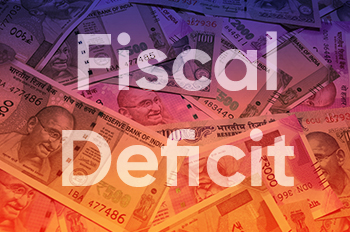Introduction
Price rigging is an illegal act of forming bubbles which can burst anytime.
A group of person agreed to simultaneously buy and sell stocks in circulation in bulk quantity which aggressively inflates the price. Price rigging is a form of market manipulation.

Greedy retail investors enters the market drive prices further but get ripped off when the group of person started selling their shares at much higher prices which drove the price leaving behind crap in hands of small investors.
However, stock exchange keeps a tight check on stock prices and on any inaccurate behaviour.

While most cases of price rigging involve a conspiracy to keep prices as high as possible, it may also be employed to keep prices stable, fix them, or discount them.
Price rigging may take many forms: manufacturers and sellers may seek to set pricing floors, agree to a common minimum price or book price, limit discounting or markups, agree to impose or limit similar surcharges, or carve up territories or customer bases to limit competition within them.
OTC Bulletin Board shares, also known as penny stocks, are especially vulnerable to price rigging.

Types of Strategies of Stock Rigging
1. Pump and Dump strategy
- It is mainly applicable for small and mid-cap stocks where the trading volume are comparatively lower than large cap stocks.
- In pump and dump strategy, operators create a fake optimism about the stock by running various promotional campaigns on social media, new forums, etc.
- Retail investors get trapped in this and start buying the stock , thus pumping up the stock price.
- Once the stock prices reaches a particular target level, operators and promoters start dumping their shares and the share price reaches earlier level.
2. Short & Distort Strategy
- This strategy is exactly opposite of Pump and dump strategy. However, in this strategy promoters do not take part. Only operators opt this strategy.
- Here, at first operators short sell the stock and then start creating a pessimistic atmosphere about the stock through news, social media, etc. They also offer prediction of bleak future outlook and low target price for the stock .
- Looking at this negative sentiment about the stock, retail investors also start offloading the stock from their portfolio which drives the price lower.
- Finally once the price reaches the lower target price, operators buy back the stock and earn handsome profits in the short sell trade at the expense of retail investors.
Rules to follow to guard against Stock Rigging
1. Stay Away from promotional events and stock tips
- It is always better to not trade/invest on stock tips that are given via phones calls, messages, emails or even on social media platforms.
- Instead one should invest after knowing the core business of the company, its fundamentals and future outlook.
2. Controlling the temptation to earn extra profits by trading on stock tips
- Retail investors should not blindly buy stock by just looking at the valuations.
- One should avoid companies whose valuations seem disconnected from the valuations.
- Such speculation tend to erode the wealth created by well-built portfolios.
3. Be Always Curious
- One should always try to understand the logic behind any investing advice, stock tips, he/she comes across.
- Also, be skeptical of the tips that claim to offer high returns to the tune of 20-25% in a short period of time. Remember that no one can claim to offer guaranteed returns in stock market. There is always some or the other risk involved in any investment one undertakes.
4. Do your own research
- Always verify the claims made by the company
- It is better to check if the company’s announcements of new product launches, deal wins are reflecting on its books and ultimately creating wealth for shareholders.
- Detailed research can save a retail investor from falling prey to such stock rigging strategies and thus prevent eroding the returns created by a good portfolio.
Conclusion
Price rigging is also known as collusion or price fixing. As it is an illegal activity, price rigging is a known fraud activity and targets mostly small and retail traders as it involves major theft and is helps the operators but at the same time it harms the sentiments of the market and the traders simultaneously.




